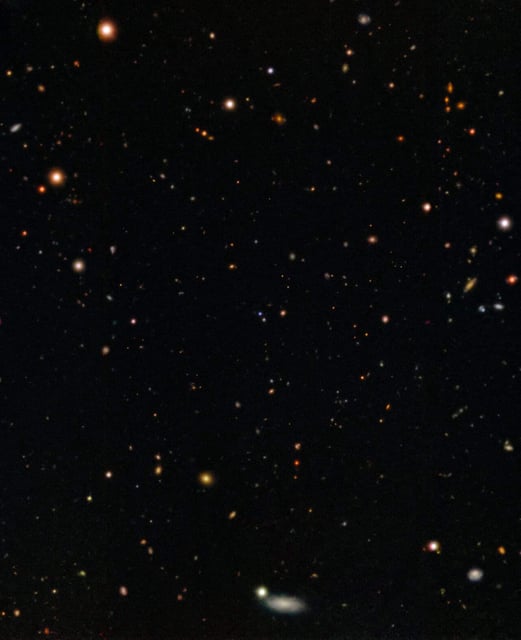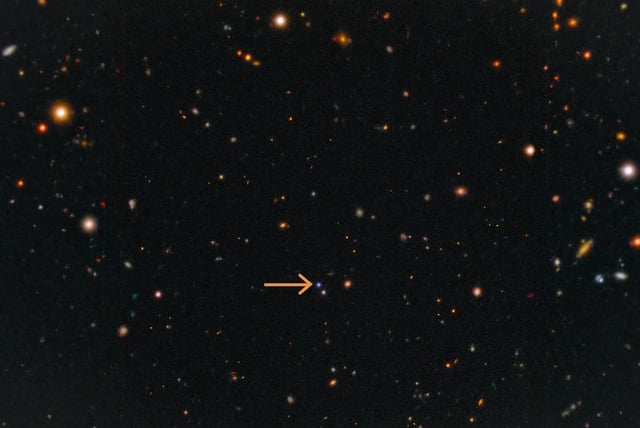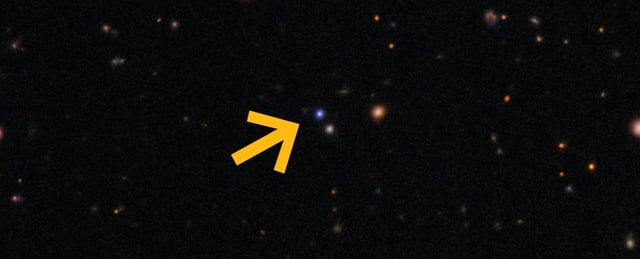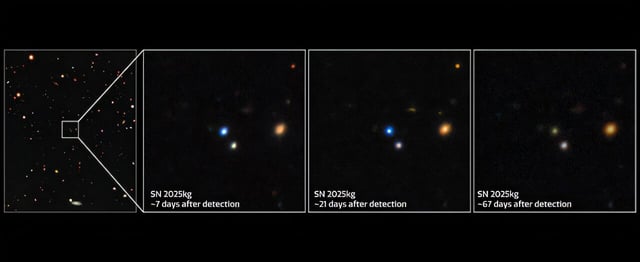Overview
- Two companion papers published this month offer the most detailed observations to date of EP 250108a/SN 2025kg, confirming that stifled jets in massive star collapse power FXTs.
- Rapid multi-wavelength follow-up by the Einstein Probe, Gemini South’s FLAMINGOS-2, Gemini North’s GMOS and the SOAR Telescope captured the X-ray flash's transition into a Type Ic broad-lined supernova.
- Analysis of the event indicates that failed jets are more common in massive star explosions than successful jets that produce gamma-ray bursts.
- Spectroscopic and infrared data constrain the progenitor of SN 2025kg to a star roughly 15 to 30 times the mass of the sun.
- Teams are preparing to leverage the Vera C. Rubin Observatory’s upcoming Legacy Survey of Space and Time for systematic detection and study of fast X-ray transients.



